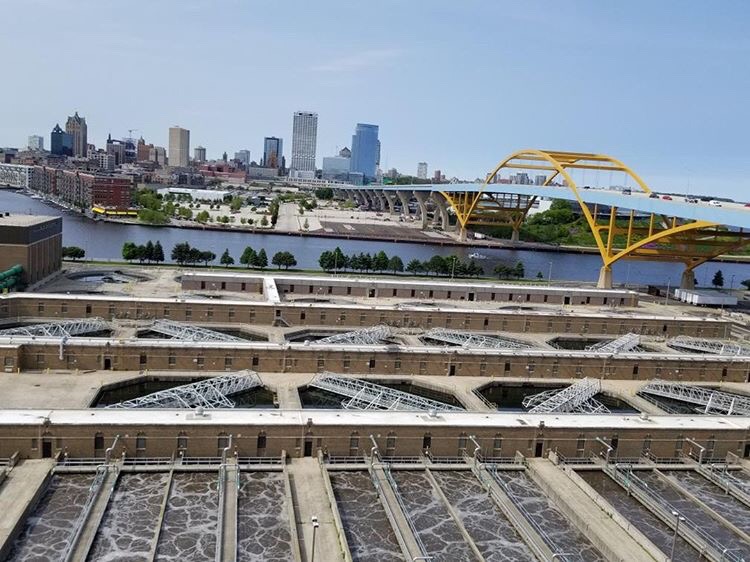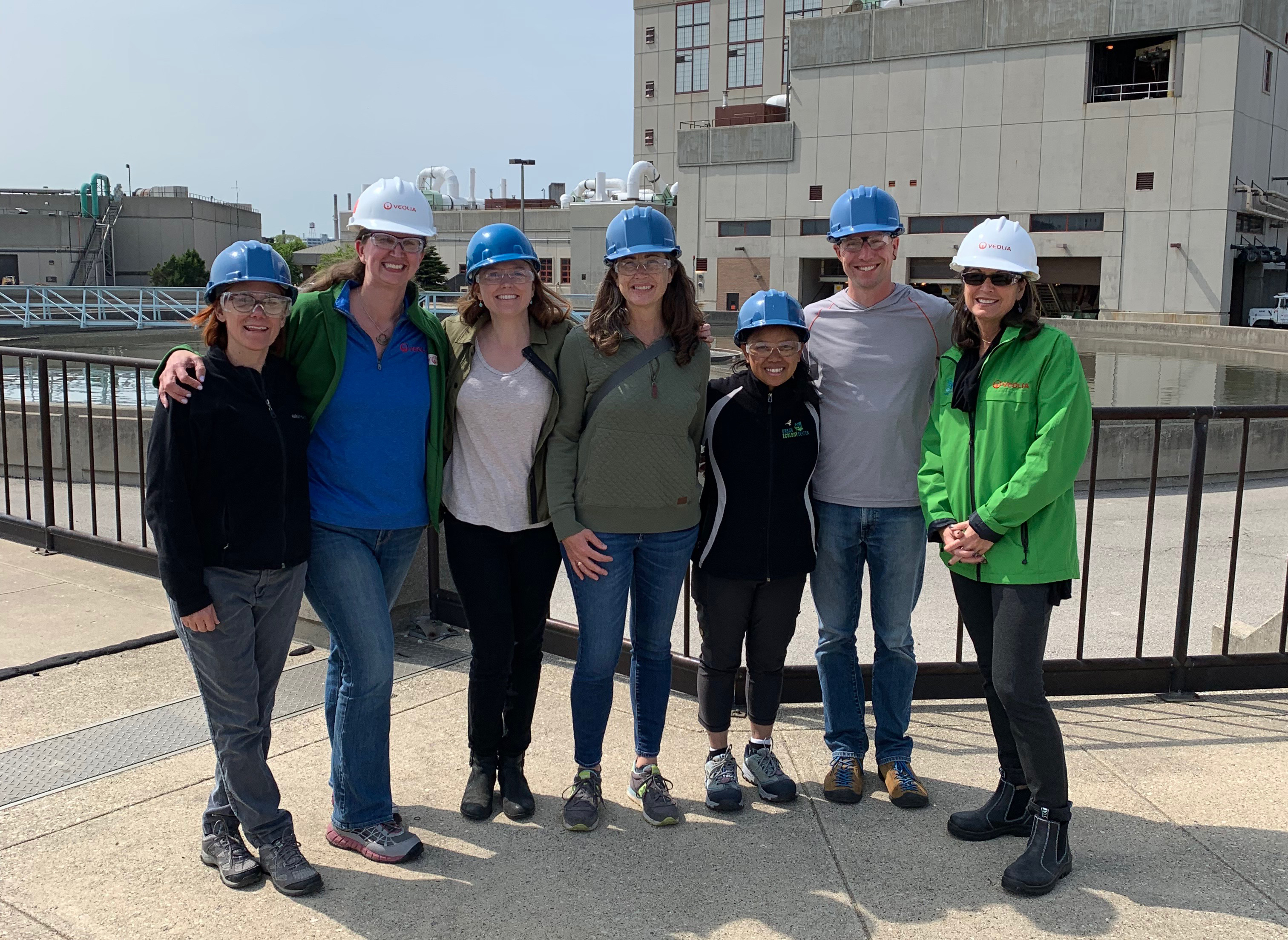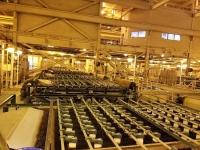The city of Milwaukee has a combined sewer system which means that both the sewage and the street runoff goes into a shared system where it’s treated and then discharged into the lake.


UEC staff visiting the Jonas Island Water Reclamation Facility
There’s an app you can download here Water Drop Alerts which will alert you of heavy rain events so you help to not overload the system by not running the dishwasher or washing machine and by avoiding long showers during this time.
On the tour, we learned that the whole process from flush to finish is about 24 hours. The final results are:
1) Treated water that’s even cleaner than Lake Michigan water
2) The creation of an environmentally friendly fertilizer by-product called Milorganite.
Thank you to our friends at Veolia for allowing us to go behind the scenes with them. If you’re interested in checking out the facility I recommend Doors Open Milwaukee when they’re open to the public, but get there early because it’s a highly popular destination and they give out free bags of Milorganite!





